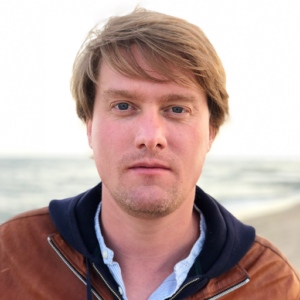Good photographs are often reflections of the soul of their creator. The photographs of Joel Meyerowitz are a blend of softness and serenity - two character traits that not even the wailing sirens that deafen New York’s Upper West Side were able to d...



